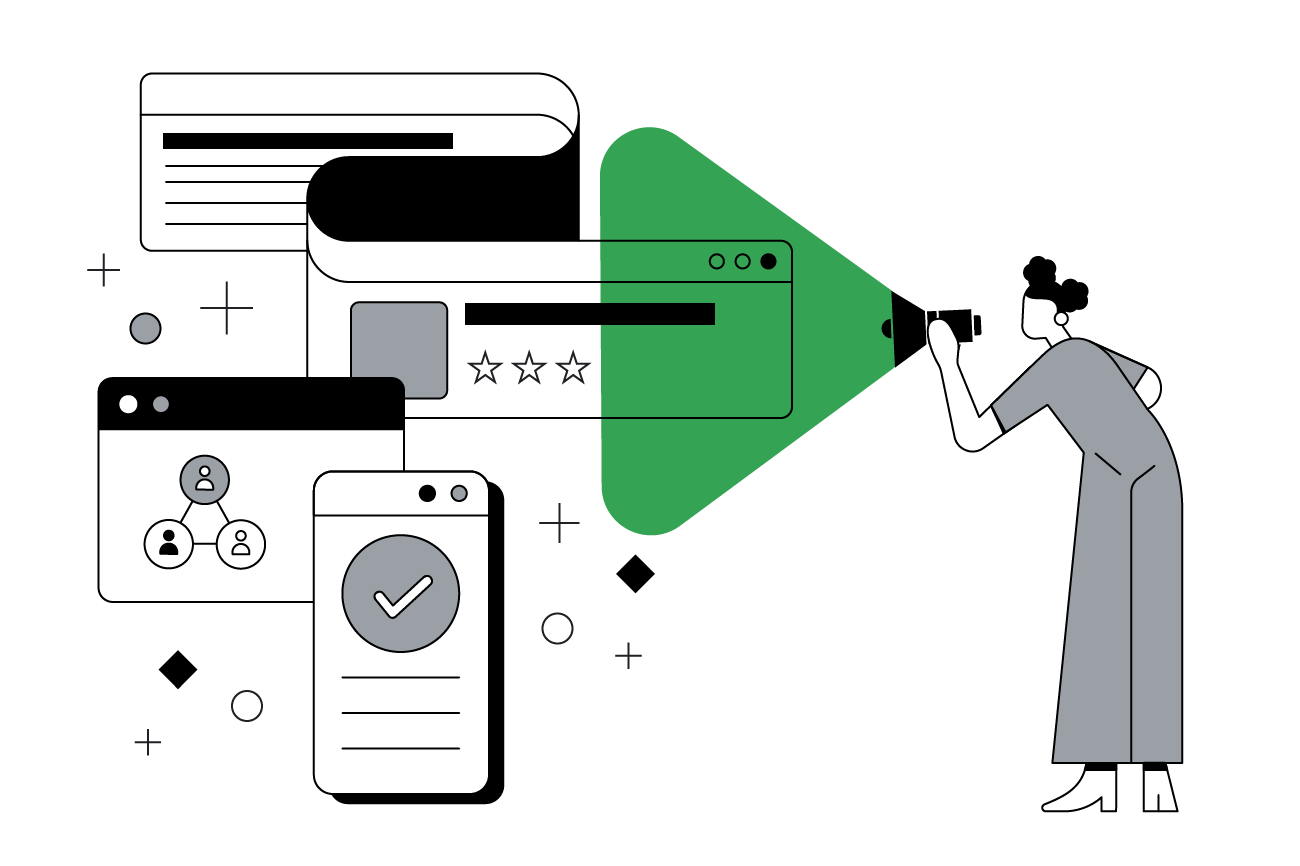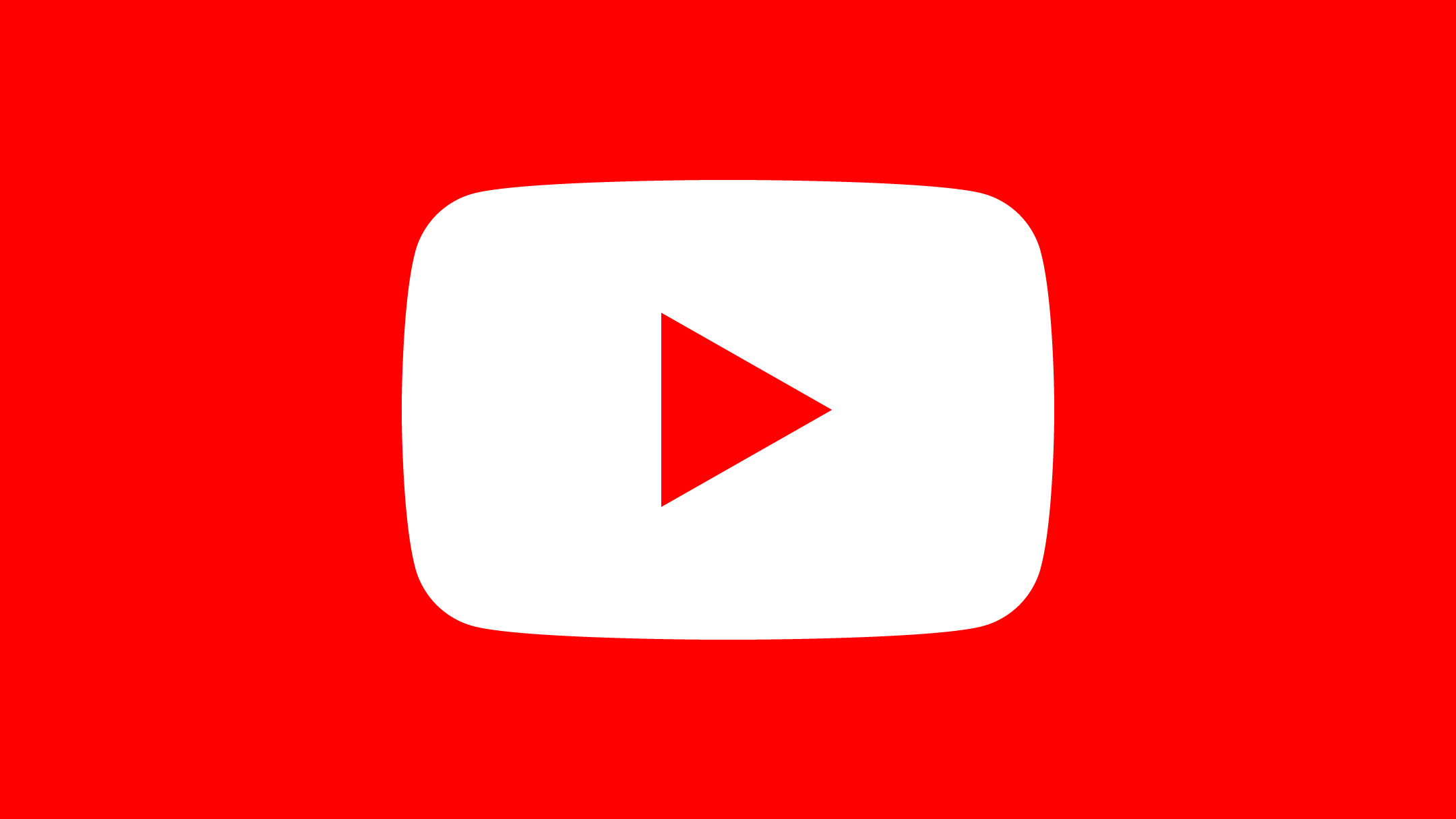Machine learning is the new buzzword, and for good reason. It is a game-changing technology that is being used for a wide range of applications spanning from a system that helps radiologists more accurately diagnose breast cancer to an anomaly detector that automates food safety and purity checks with almost 100% accuracy in Japan. However, as marketers, we are still trying to figure out how we can maximize machine learning’s potential to make us smarter and more effective in engaging with our customers.
So, what exactly is machine learning? Computers have traditionally relied on strict rules to process input signals and produce a result. For example, a spam filter might be coded to mark any email that contains an exclamation point in the subject line and the words “huge discount” as spam. However, spam does not always contain these things, and some legitimate emails might have these characteristics, meaning more rules would have to be manually coded to handle exceptions.
With machine learning, a system is fed examples to detect patterns and correlations, allowing it to iteratively learn and more accurately predict outcomes. As humans, we learn in a similar way. Take, for example, a two-year-old learning to tell the difference between a dog, a cat, and a bear. All three have fur and four legs, but over time, with successive examples, the child begins to notice unique identifying traits to distinguish between them (such as the fact that the first two could make great pets, while the last probably would not).
As you consider opportunities to apply machine learning to your marketing, here are three examples of how the technology is helping brands:
Discover new trends
Most purchases are still done in physical stores,1 but consumers are more likely to begin their journeys by researching online. Reaching people where and when it matters most, both online and offline, has become increasingly important, and marketers need to go beyond traditional attribution methods to accurately identify which efforts worked.
UK retailer Matalan shifted to an omni-channel strategy to gain an overview of where and when people were converting. Matalan utilized machine learning via Google’s Store Visits Reports to determine which location signals were indicative of actual store visits and derive insights on users who viewed an online ad and subsequently visited one of their physical locations. They realized that online advertising views were driving a significant uplift in in-store revenue, with six customers visiting a physical store for every online transaction driven by digital advertising. Capitalizing on this insight resulted in £46 in sales for every £1 spent on Google mobile ads, £31 of which came in-store.
Find the right audience
Your creative team has come up with a brilliant campaign that promises to make your audience laugh, cry, and most importantly, convert. How do you reach your audience at the right time and in the right moment?
With over a quadrillion (that’s a one followed by 15 zeroes!) bidding options2 when it comes to buying ad impressions, manually finding what is best for your assets is an intimidating task. Instead, you can turn to machine learning-assisted methods to maximize reach that is relevant and timely for your brand.
For example, during the launch of the Pixel phone last year, we implemented a new Google Marketing Platform3 tool called Custom Algorithm. Custom Algorithm uses machine learning to build predictive models that can automatically optimize bids based on a marketer’s goals. We used this tool to layer in previous campaign results to build a media buying model that optimized for viewable placements on premium inventory. By doing this we managed to triple impressions on premium inventory and lower viewable CPM by 34%.
Enable human innovation
Machine learning alerts us to trends on which we can act incredibly quickly, much faster than traditional methods of analyzing data. However, figuring out how to capitalize on the opportunity is still very much reliant on us.
Japan’s leading buyer and retailer of used cars, IDOM, turned to machine learning with Google Cloud services to consolidate their data across touchpoints and analyze a number of signals to identify users who were more likely to visit their stores. They activated these findings to show customized ads and prioritize follow-up phone calls to high-value potential car buyers. This led to 25% more in-store visits and a 300% increase in sales compared to the previous year. Because they used machine learning to automate data analysis, the team was able to focus their energies on developing new innovations including a quick and easy online estimate tool and a monthly subscription rental service.
We are putting the power of machine learning into the hands of individuals and businesses to build a shared knowledge base. Smarter marketing means knowing how and when to use machine learning to enhance our communications –– and we are just beginning to see its full potential.







